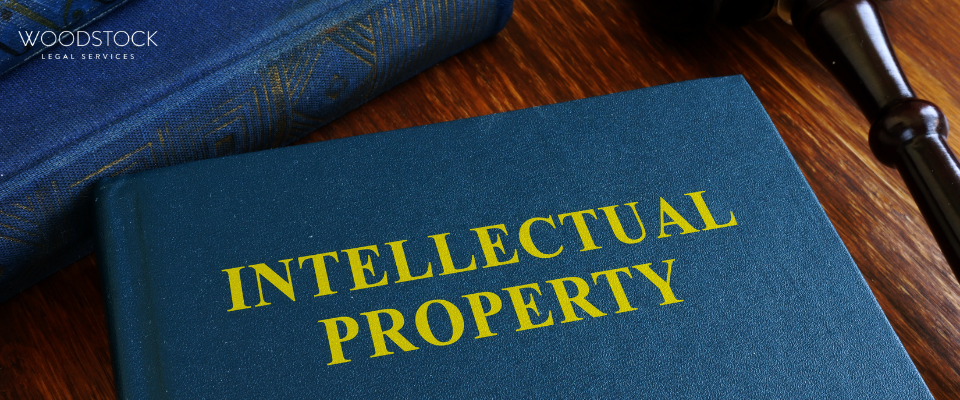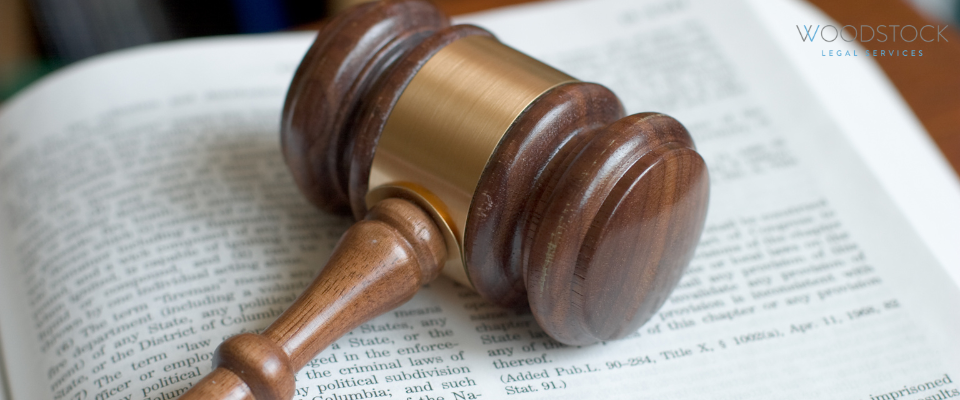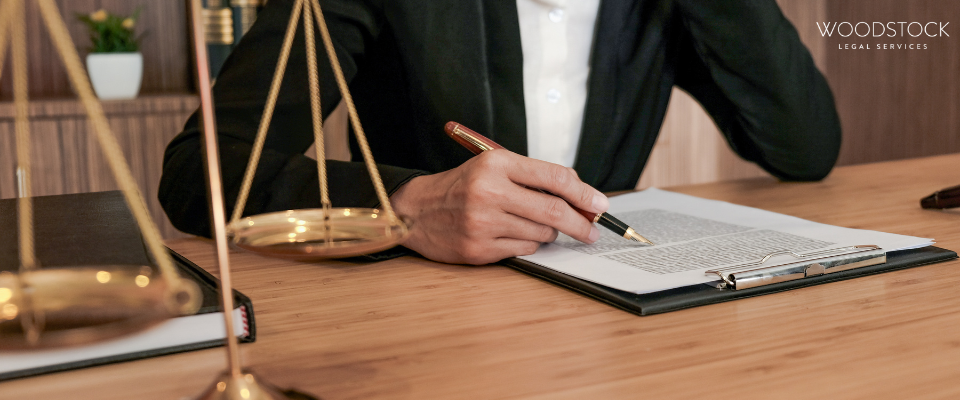Understanding ‘Disrepair’ in UK Property Law

Having a clear understanding of what constitutes disrepair is essential for any landlord or property professional. Whether managing a single dwelling or a large rental portfolio, knowing when your legal responsibilities begin and end can prevent costly disputes and safeguard your investments. In this insight, Lorna Enukora, Landlord and Tenant and Property Litigation Consultant Solicitor, explains what disrepair means in UK property law, when a landlord becomes legally responsible, and provides practical guidance to help avoid housing condition claims.
What is Disrepair?
In UK property law, disrepair refers to when the condition of a property, or one of its components, has deteriorated and is in a worse condition than it originally was. It can also mean that the property or item is no longer up to the required standard.
Tenants have a right to bring a housing condition claim, commonly referred to as a disrepair claim, against their landlord if the property is found to be in disrepair, particularly where it affects their health, safety, or enjoyment of their home. For landlords, understanding what amounts to disrepair – and what does not - is essential for landlords to remain compliant with the Landlord and Tenant Act 1985, Homes (Fitness for Human Habitation) Act 2018, Housing Health and Safety Rating System and the Defective Premises Act.
These claims can lead to compensation awards and reputational damage, so timely intervention is always best practice to limit risk.
General Wear and Tear vs. Actionable Disrepair
Distinguishing between general wear and tear and actionable disrepair is crucial. Wear and tear reflects ordinary, gradual deterioration through everyday use; it does not generally give rise to a legal obligation to repair. Actionable disrepair, on the other hand, arises when the property or its fixtures fall below the required standard due to damage, neglect, or decay. It also involves a defect that affects the structure, safety, or the tenant’s enjoyment of the property.
Examples of general wear and tear include:
- Faded paintwork or scuffed walls.
- Worn carpets.
- Minor marks on surfaces.
Examples of actionable disrepair include:
- A leaking roof or gutter.
- Persistent damp or mould.
- Faulty plumbing or heating systems.
Recognising this distinction early allows landlords to address maintenance issues before they become legal liabilities.
Mould, Damp, Leaks and Liability: When Maintenance Becomes a Legal Issue
Issues such as mould, damp, or water leaks often start as maintenance issues but can quickly escalate into legal liabilities if left unresolved.
The Landlord and Tenant Act 1985, the Homes (Fitness for Human Habitation) Act 2018, and other housing standards place statutory duties on landlords to keep properties in good repair and ensure they are fit for human habitation.
The presence of mould or damp can pose significant health risks. Where a tenant reports a defect to the landlord or managing agent, and remedial works are not carried out within a reasonable timeframe, liability may arise through:
- Breach of the repairing covenant.
- Negligence.
- Breach of statutory duty.
Awaab’s Law, which came into force for social landlords in October 2025, introduces strict deadlines for investigating and remedying damp and mould hazards. These duties currently apply only to the social housing sector and do not yet extend to private landlords. However, with the forthcoming Renters’ Rights Act Reforms coming in from May 2026, the Government is expected to expand Awaab’s Law to the private rented sector. Private landlords should therefore prepare for the likelihood of similar requirements being introduced in due course.
Common Causes of Mould, Damp and Leaks in Rental Properties
These issues are among the most frequently reported housing defects by tenants. Common causes include:
- Structural defects (e.g., defective roofing, gutters, or damp-proof courses)
- Inadequate insulation or ventilation.
- Leaking pipes or unreported water ingress.
While the specific causes are often best assessed by a qualified surveyor, landlords should always seek legal advice when assessing potential liability or defending a claim.
When Landlord Maintenance Failures Trigger Legal Responsibility
A landlord is found to be in breach of their repairing obligations, and therefore liable for damages, once they are aware, or should reasonably be aware, of the disrepair issue, and they fail to act promptly to carry out the remedial works in a reasonable period.
Under the Landlord and Tenant Act 1985, landlords must keep the structure and essential installations of a property in good repair. Failure to repair issues such as leaks, persistent mould, or damp may lead to a tenant’s claim for financial compensation (damages).
Damages typically reflect:
- The impact the disrepair has had on the tenant’s enjoyment of the property
- The property being deemed unfit for human habitation
Taking prompt action once notified of a problem is key to minimising risk.
Limitation Periods for Disrepair Claims
Claims arising from disrepair are subject to strict limitation periods.
The Limitation Act 1980 sets a time limit of six years for a disrepair claim, running from the date the landlord was put on notice of the defect. In cases where damp or mould causes personal injury, the limitation period is three years from the date of injury.
Landlords may be able to raise a defence to disrepair claims in cases where the tenant has failed to provide access, failed to report the defect or caused the damage themselves.
Notice and Reasonable Repair Timeframes
There is no fixed statutory timeframe for completing repairs; what constitutes a reasonable timeframe depends on the nature and severity of the defect, and whether there is a significant risk to health or safety.
- Emergency repairs, such as burst pipes, broken stair bannisters, loss of heating in winter, or major leaks, should be addressed immediately once reported.
- Non-urgent repairs should be completed within a reasonable period, which will vary depending on the complexity and scale of the works.
Landlords should keep written records of all repair reports and works undertaken to evidence compliance with their legal duties.
Preventing Disrepair Claims: Practical Maintenance Tips for Landlords
Prevention is always better than a cure. By taking proactive steps, landlords can significantly reduce the risk of housing disrepair claims.
Essential preventative steps include:
- Respond promptly to any repair issues raised by tenants. Early intervention is crucial.
- Investigate issues thoroughly and communicate clearly with tenants.
- Document every stage of the repair process, including dates, communications, and completed works.
- Ensure that managing agents promptly notify landlords of all repair reports or access issues.
Early action not only prevents disrepair claims but also supports a landlord’s defence if a dispute arises.
Record-Keeping, Inspections and Early Action
Comprehensive record-keeping is essential in defending a disrepair claim.
Landlords are advised to:
- Keep a record of all attempted appointments and any access issues with tenants.
- Carry out regular inspections to identify early signs of disrepair or tenant-caused damage.
- Maintain a detailed paper trail of communications with tenants and contractors.
These records can provide crucial evidence in demonstrating compliance with legal obligations and defending against unfounded claims.
How Woodstock Legal Services Can Help
Our experienced
Landlord and Tenant Team specialises in complex
housing disrepair matters and regularly acts for landlords in
defending housing condition claims. We provide clear, practical advice on liability, assist with evidence collation, and help you raise appropriate legal defences.
Specialist Advice from Woodstock Legal Services
If you are a landlord facing potential housing disrepair claims or wish to understand your repair obligations, it’s important to seek advice early.
For specialist legal support, contact Lorna Enukora, Landlord and Tenant and Property Litigation Consultant Solicitor, by emailing l.enukora@woodstocklegalservices.co.uk or completing the form below.
Our team will provide clear, tailored advice to protect your interests and help you remain fully compliant with UK property law.
Contact Us
News & Insights











